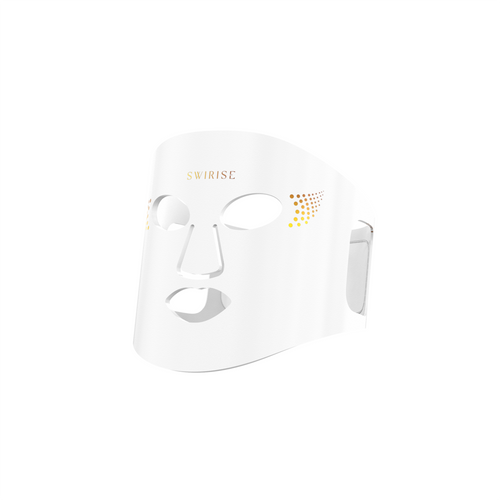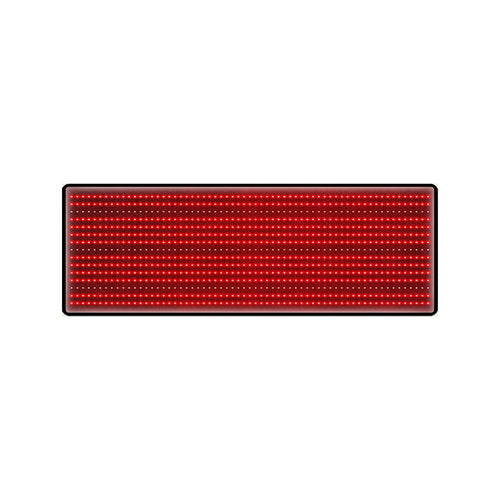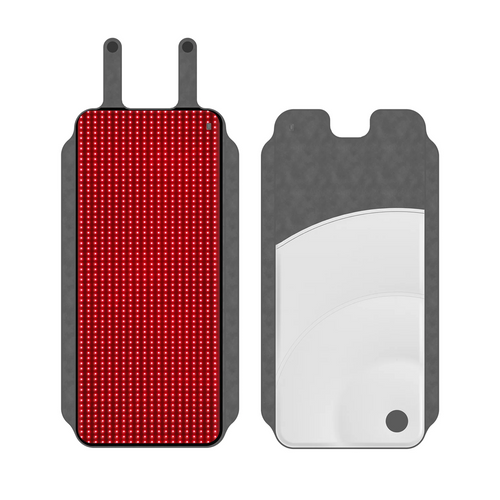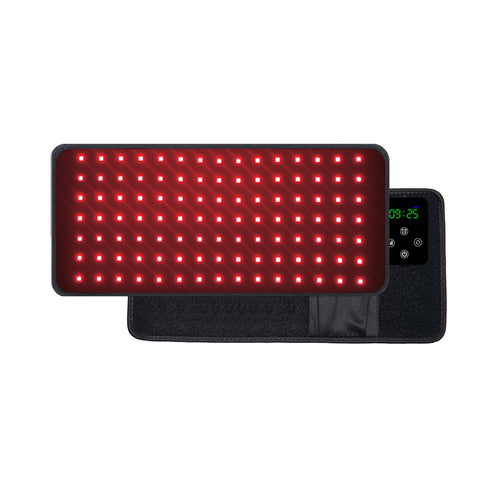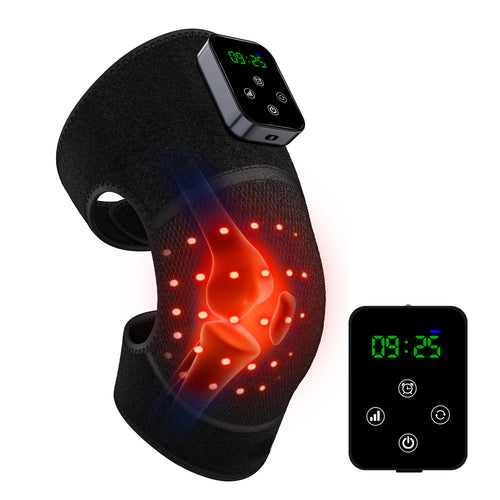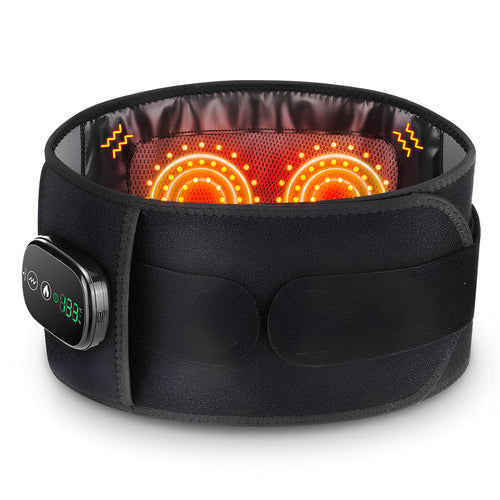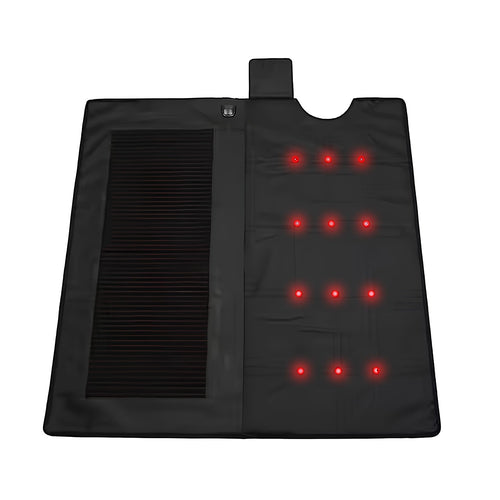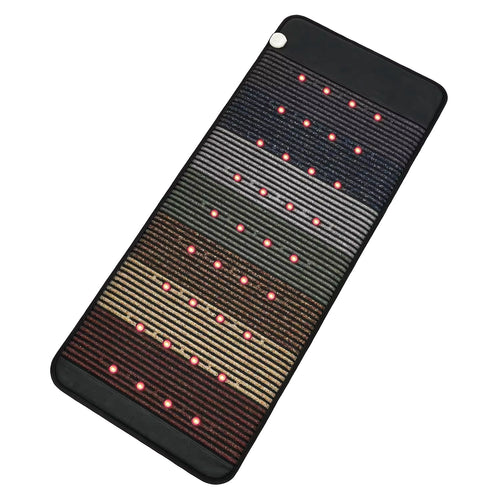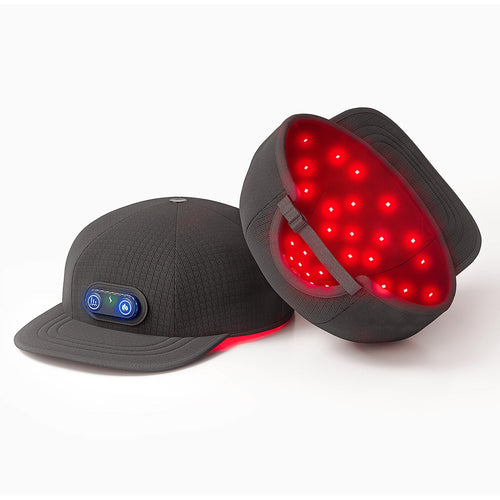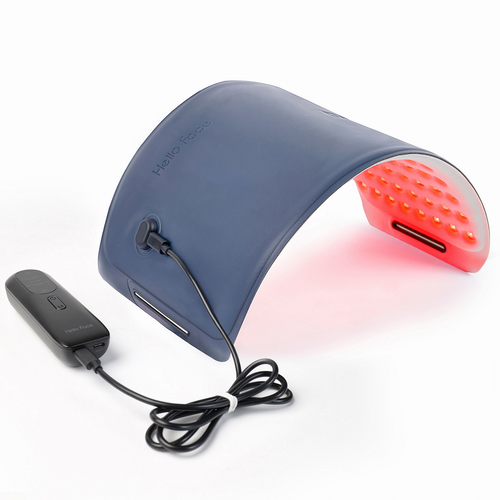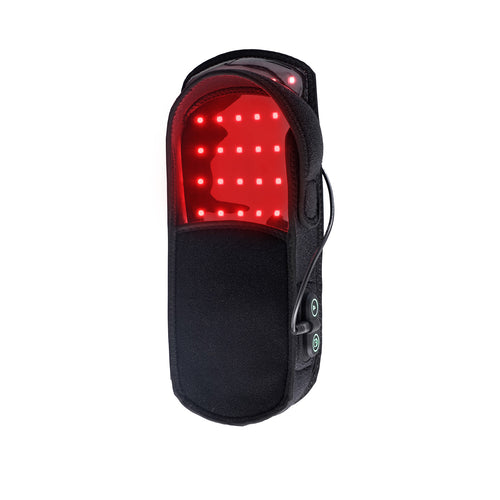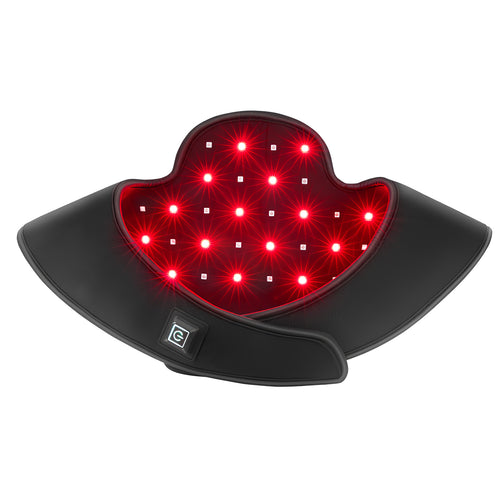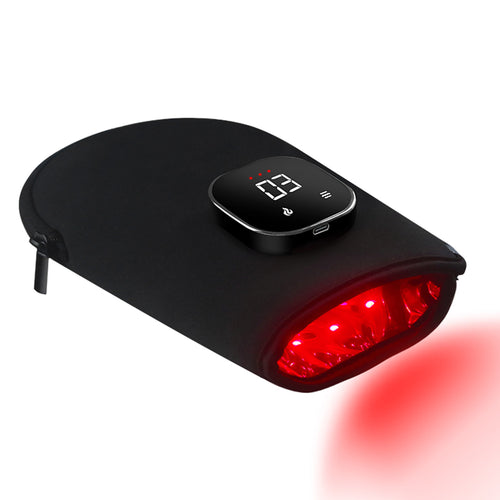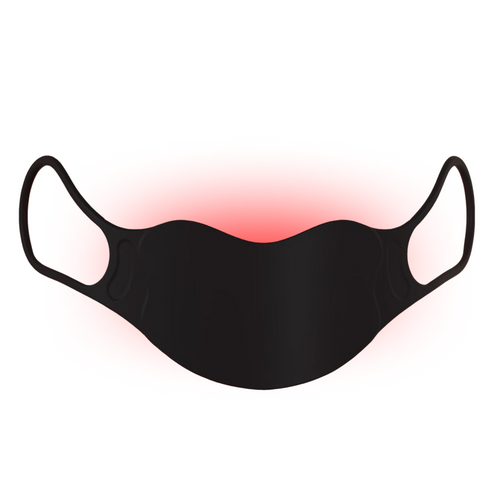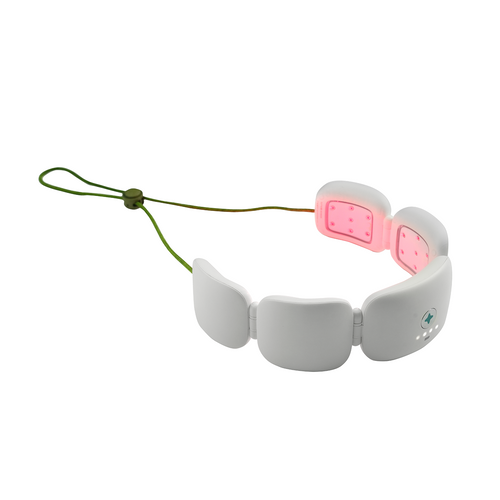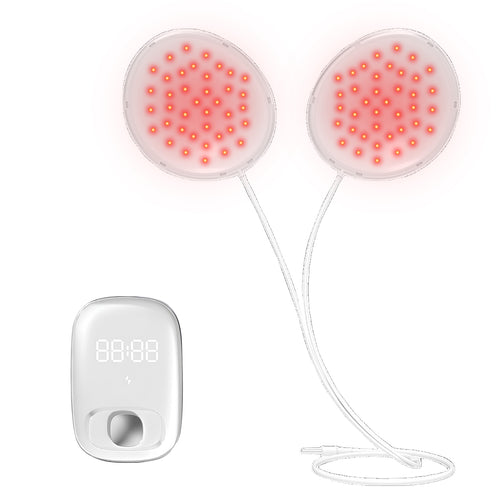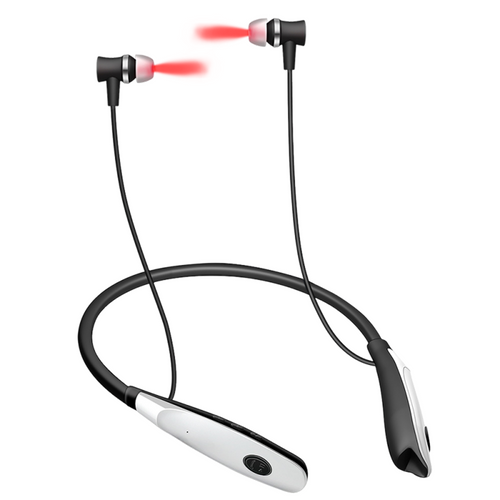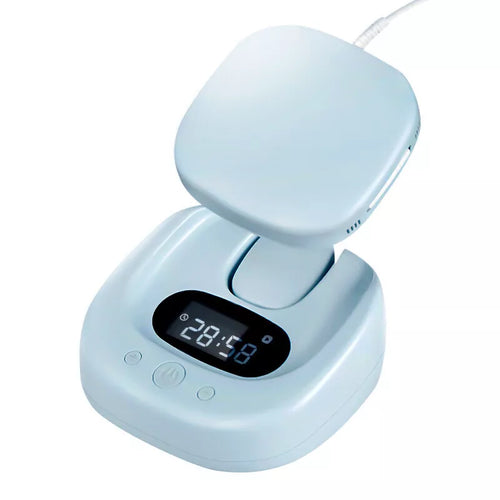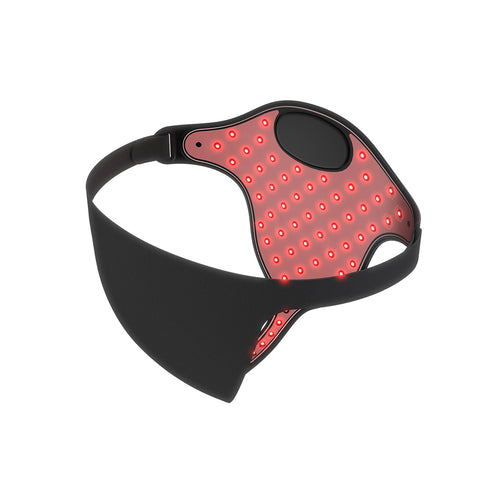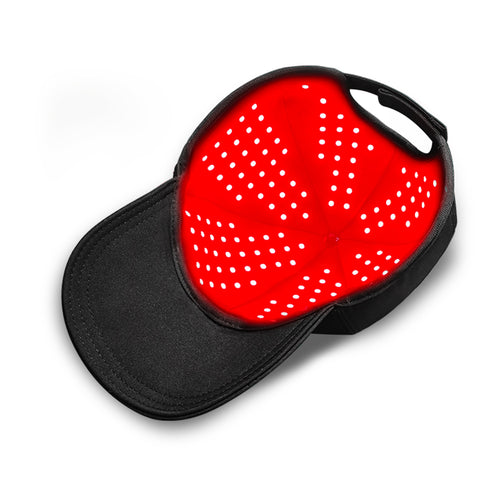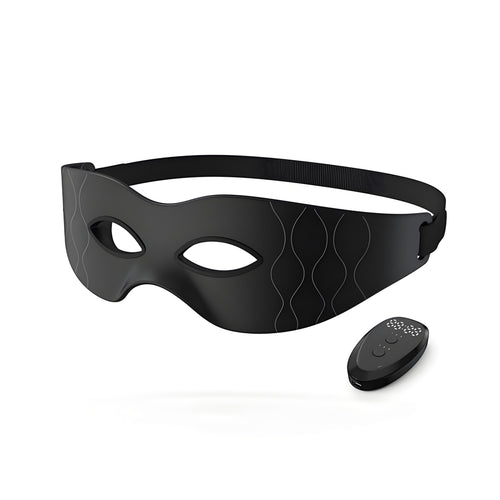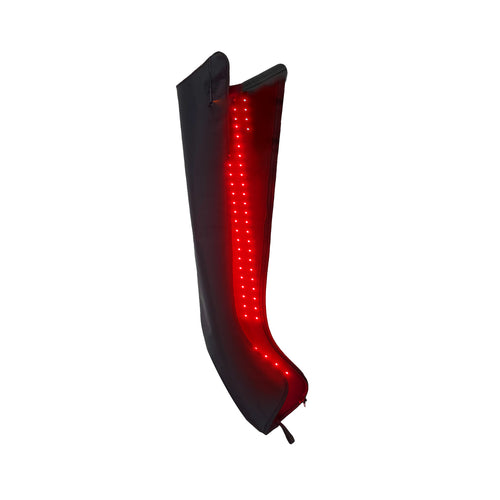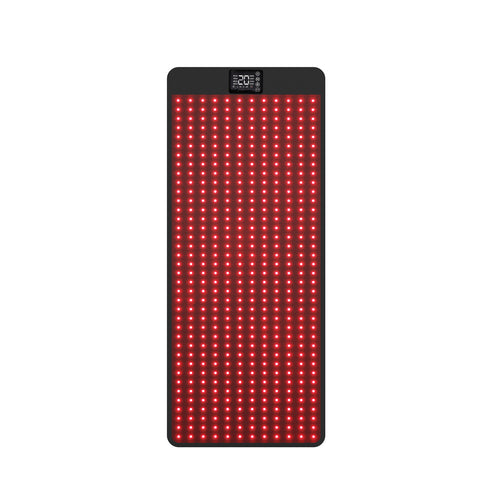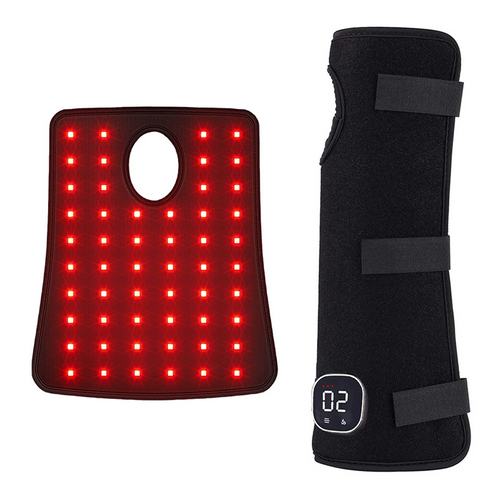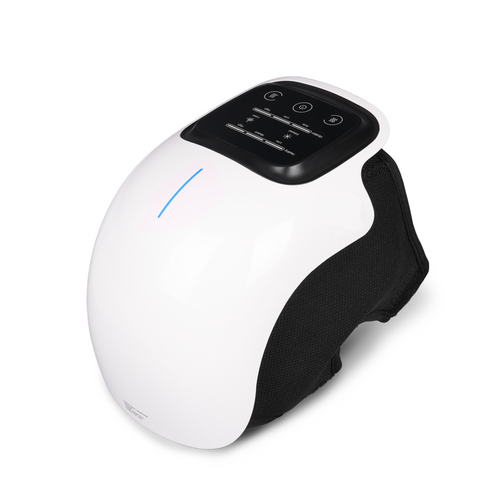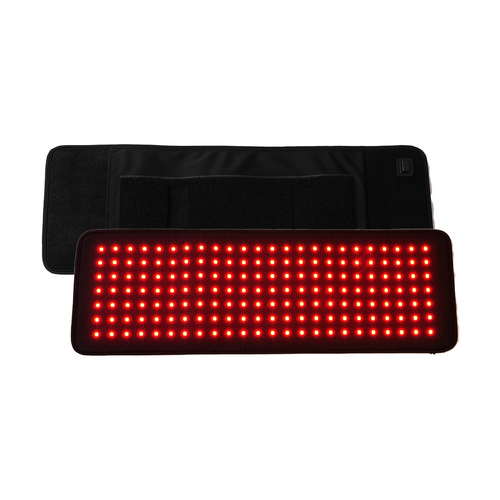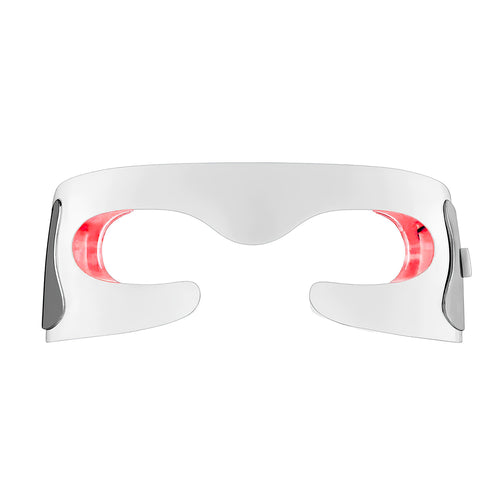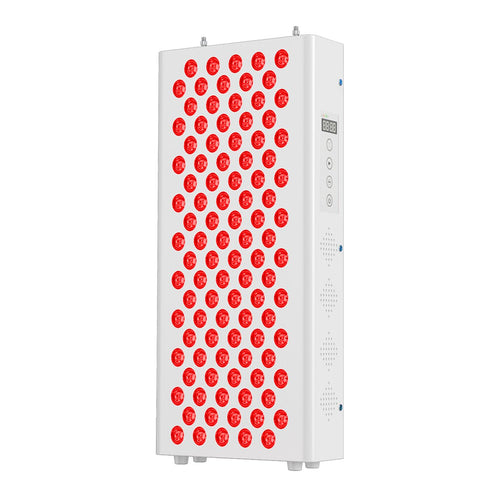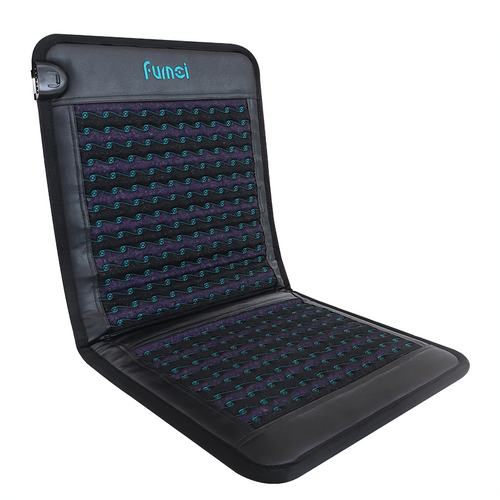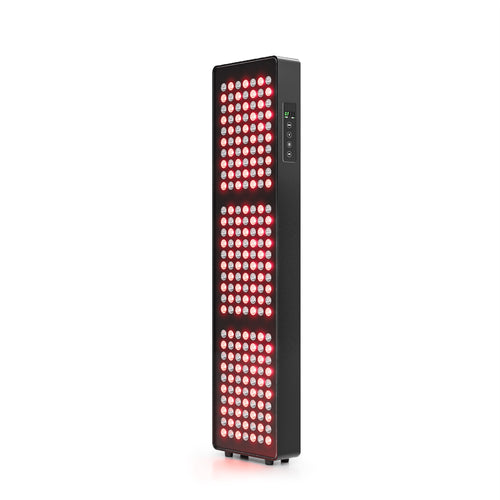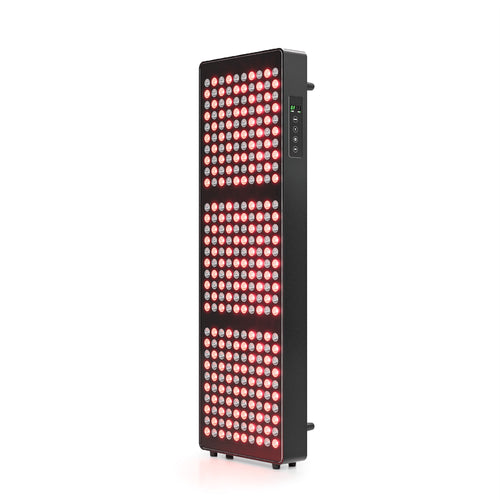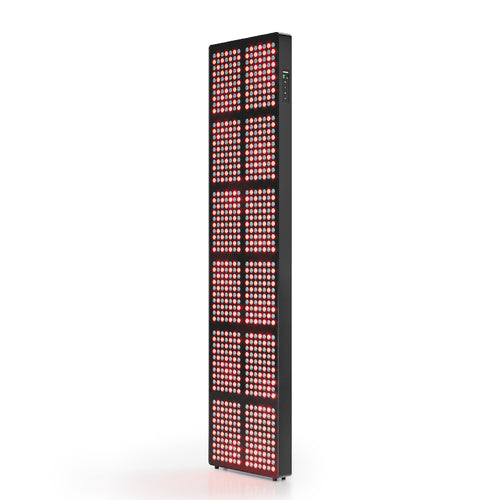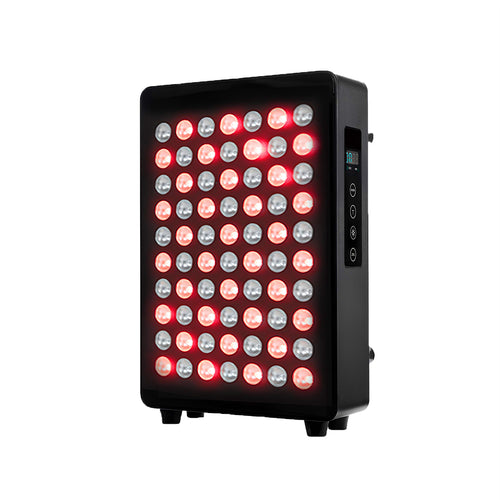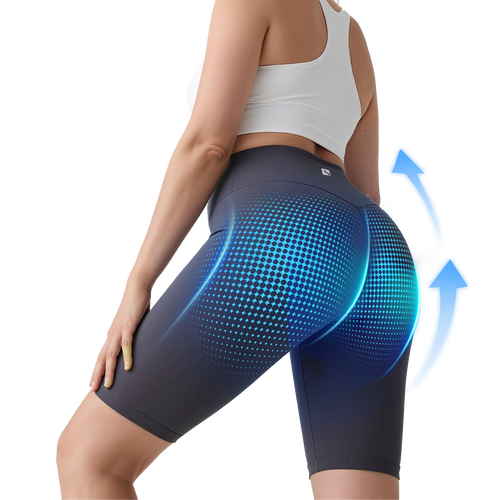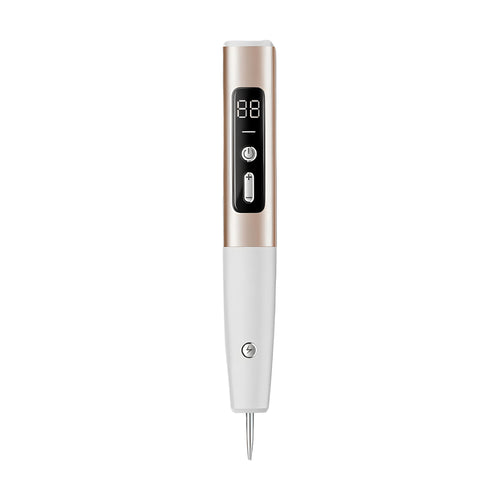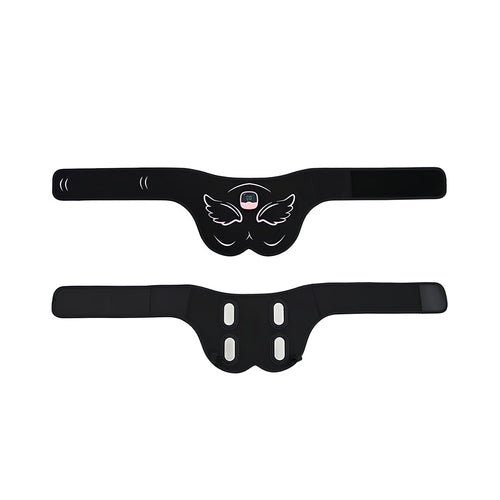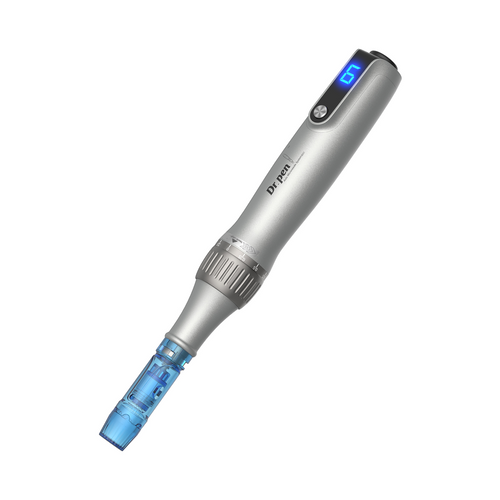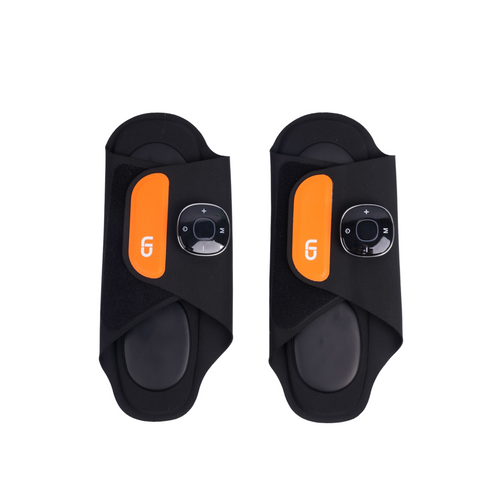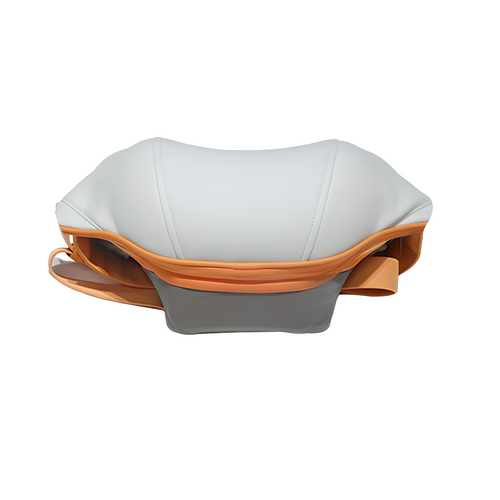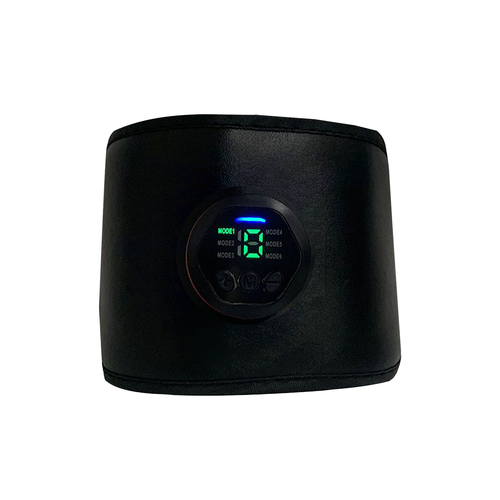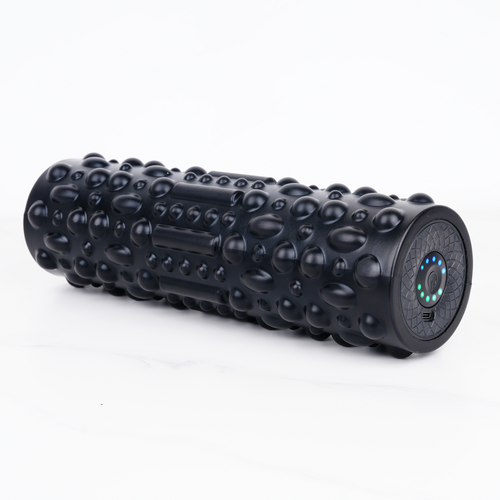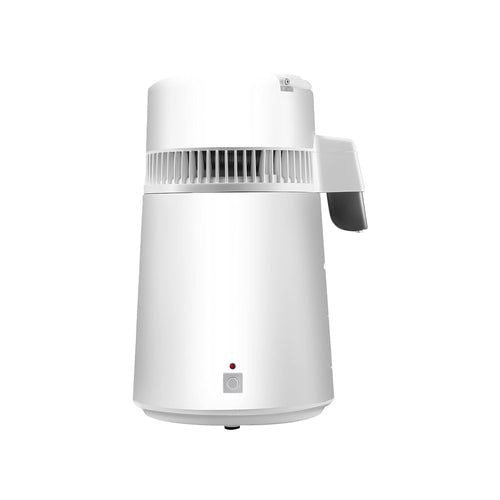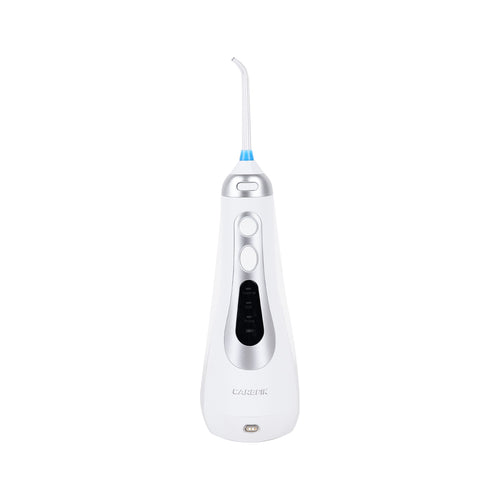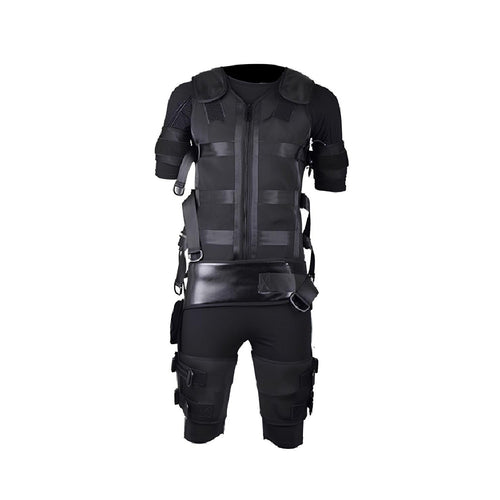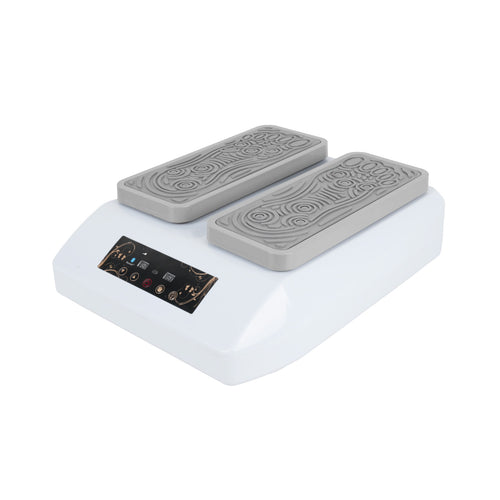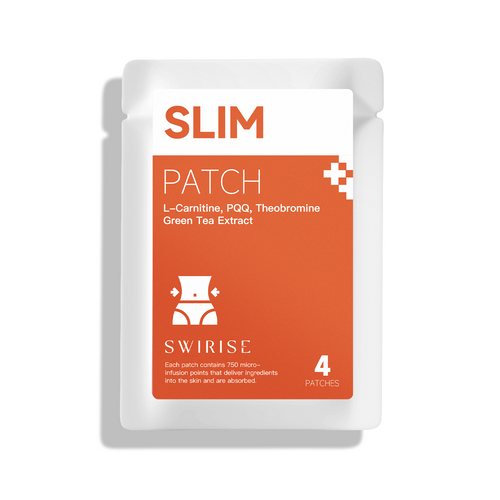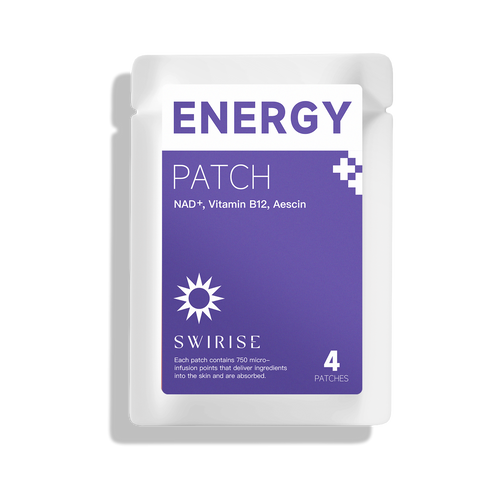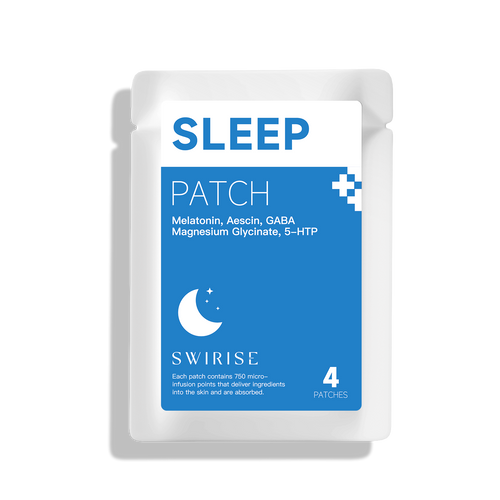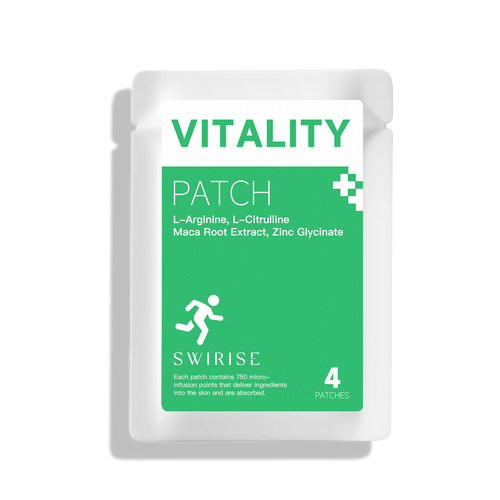
Red Light Therapy Mat vs Panel: Which One Fits Your Wellness Goals Best?
JustinLinRed light therapy (RLT) has become a cornerstone in modern wellness routines, easing chronic pain, rejuvenating skin, and accelerating recovery. But as at-home devices proliferate, one key question arises: Should you go for a red light therapy mat or a panel?
In this guide, we’ll dive into a clear red light therapy comparison to help you decide between these two popular types, especially if you're considering full-body red light therapy. Whether you're aiming for deep tissue relief, skin health, or daily energy balance, understanding the strengths and limitations of a red light mat vs a panel can guide your decision.
The Science Behind the Red Light Therapy
To make an informed choice between a red light therapy mat and a panel, it’s worth starting with a quick look at how red light therapy works—and how each device delivers its unique set of benefits.
Red light therapy works by using specific wavelengths of red light to penetrate the skin layers and activate the mitochondria in skin cells. Mitochondria are the cell's energy factories, and red light stimulates their activity, increasing cellular energy production.
The benefits:
- Reduce inflammation and joint pain
- Speed up muscle recovery and wound healing
- Boost collagen production for smoother skin
- Improve circulation and cellular energy (ATP)
- Support sleep and balance circadian rhythm
- Enhance mood and reduce stress
- Promote skin clarity and reduce acne
What Is a Red Light Therapy Mat?
A red light therapy mat is a flexible, often foldable device embedded with rows of LED lights that emit clinical-grade wavelengths—usually in the red and near-infrared spectrum (700nm-1100nm). Designed for full-body use, these mats are ideal for lying down, wrapping around the body, or even placing on a massage table or bed.
Key Red Light Mat Benefits:
- Deliver even and immersive coverage for full-body red light therapy.
- Promote relaxation while treating, you can lie down and let the session work passively.
- Ideal for chronic pain relief, muscle recovery, and systemic wellness.
- Lightweight and portable for home or travel
Among the latest in the market, the Swirise Red and Near-Infrared Light Therapy Mat stands out as one of the best red light therapy mat options due to its generous size (71" x 33"), multi-wavelength LEDs, and 4320 LEDs for powerful exposure.
What Is a Red Light Therapy Panel?
A red light therapy panel is a rigid, vertical light source, often mounted on walls or doors. It delivers intense irradiance to specific body areas. Users typically stand or sit in front of the panel for localized or partial-body treatment.
However, it's important to note that panels can also be used for full-body red light therapy—especially the larger models. Many of the best red light therapy panels now come in sizes ranging from compact (12" x 6") to large-format designs up to 36" x 11" or more, allowing for head-to-toe exposure. Some setups even accommodate two people at once, making them suitable for couples or multi-user households.
Key Advantages:
- Provide higher irradiance levels, making it suitable for short, targeted sessions.
- Great for treating specific areas like the face, chest, or knees.
- Flexible in size—can be chosen based on treatment area needs and space availability.
- Often used standing or sitting, though large panels can be mounted or freestanding for full-body positioning.
Swirise offers powerful panel models with 7 optimized wavelengths and high irradiance (up to 200mW/cm²), making them competitive with some of the best red light therapy panels on the market.
How to Choose the Best Full-Body Red Light Therapy Device: Mat or Panel?
Before investing in a red light therapy mat or panel, it's essential to understand which specs truly impact your experience and results. These four core factors go beyond marketing—they determine how quickly and effectively the therapy supports your wellness goals.
- 1. Irradiance
Irradiance, measured in mW/cm², indicates how much light energy reaches your body. Higher irradiance means deeper penetration and shorter treatment times. A red light therapy panel like the Swirise Elite1500 offers up to 200mW/cm², making it ideal for users who want fast, powerful results. Meanwhile, red light therapy mats like Swirise’s full-body model provide a strong 140mW/cm²—perfect for relaxed, effective therapy while lying down.
- 2. Wavelengths
For best results, look for devices that combine red and near-infraredlight. These wavelengths work in tandem—red light supports collagen and surface-level repair, while near-infrared penetrates deeper to soothe joints, muscles, and connective tissues. A multi-wavelength device ensures your skin, muscles, and energy systems all benefit.
- 3. Number of LEDs
The more LEDs, the better the coverage—and the less need to reposition during treatment. Red light therapy mats excel here, offering thousands of LEDs (Swirise features 4320 LEDs) laid out across the entire surface for consistent, head-to-toe exposure. Larger panels also offer wide coverage, and some setups even allow full-body red light therapy for two users at once. Just ensure your panel size matches your goals.
- 4. Value for Money
Not all expensive devices offer better results—and not all budget models are worth the savings. The true value lies in the balance between performance, features, and design. A high-quality red light mat or panel should offer reliable irradiance, smart wavelength selection, and durable construction. Swirise devices, for example, provide clinical-grade specs at a competitive price, making them a strong choice for long-term wellness without overspending.
Mat or Panel? Find the Best Red Light Therapy Device for Your Goals
When it comes to choosing between a red light therapy mat and a panel, the best option depends on your lifestyle, treatment goals, and how you prefer to experience full-body red light therapy.
Choose a Red Light Therapy Mat if:
- You want a relaxing, full-body experience while lying down
- You're looking for consistent coverage without repositioning
- You value versatility—great for pain relief, recovery, skin health, and better sleep
Mats like the Swirise Red and Near-Infrared Light Therapy Mat deliver impressive red light therapy mat benefits, including 4320 LEDs, 140mW/cm² irradiance, and dual wavelengths (660nm & 850nm) for both skin and deep-tissue support. It’s one of the best red light therapy mats for home use. Choose a Red Light Therapy Panel if:
- You prefer standing or targeted treatment flexibility
- You need higher irradiance and faster sessions
- You're focused on localized skin care or modular full-body setups
The best red light therapy panels come in various sizes—up to 36" or more—suitable for full-body therapy when used properly. Swirise’s LED panels combine high power with 7 therapeutic wavelengths, ideal for those who want precision and performance.
Final Takeaway
Both mats and panels offer powerful, non-invasive wellness solutions. If comfort, ease, and passive full-body sessions matter most, a red light therapy full-body mat is likely your best fit. If you’re after flexibility, speed, or targeted high-intensity exposure, a large red light therapy panel may be the way to go.
Whichever you choose, consistent use of a high-quality LED light therapy device can help reduce pain, improve skin, enhance recovery, and boost your energy—naturally, safely, and effectively.

